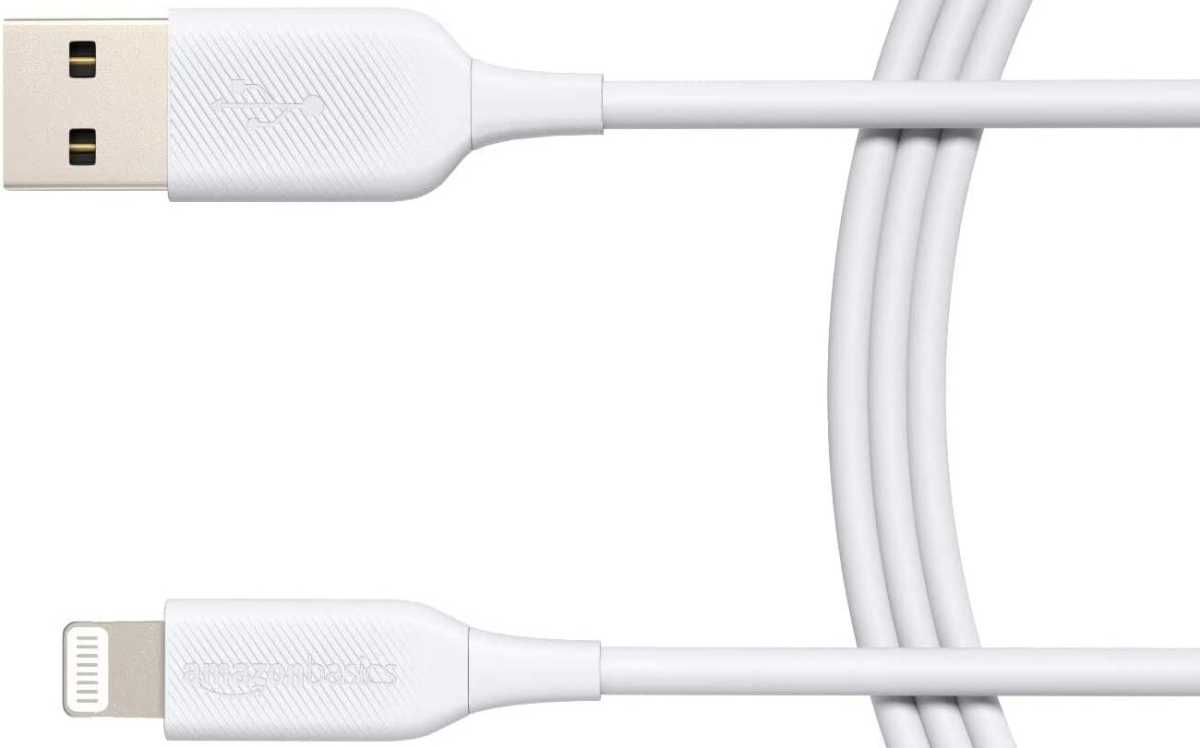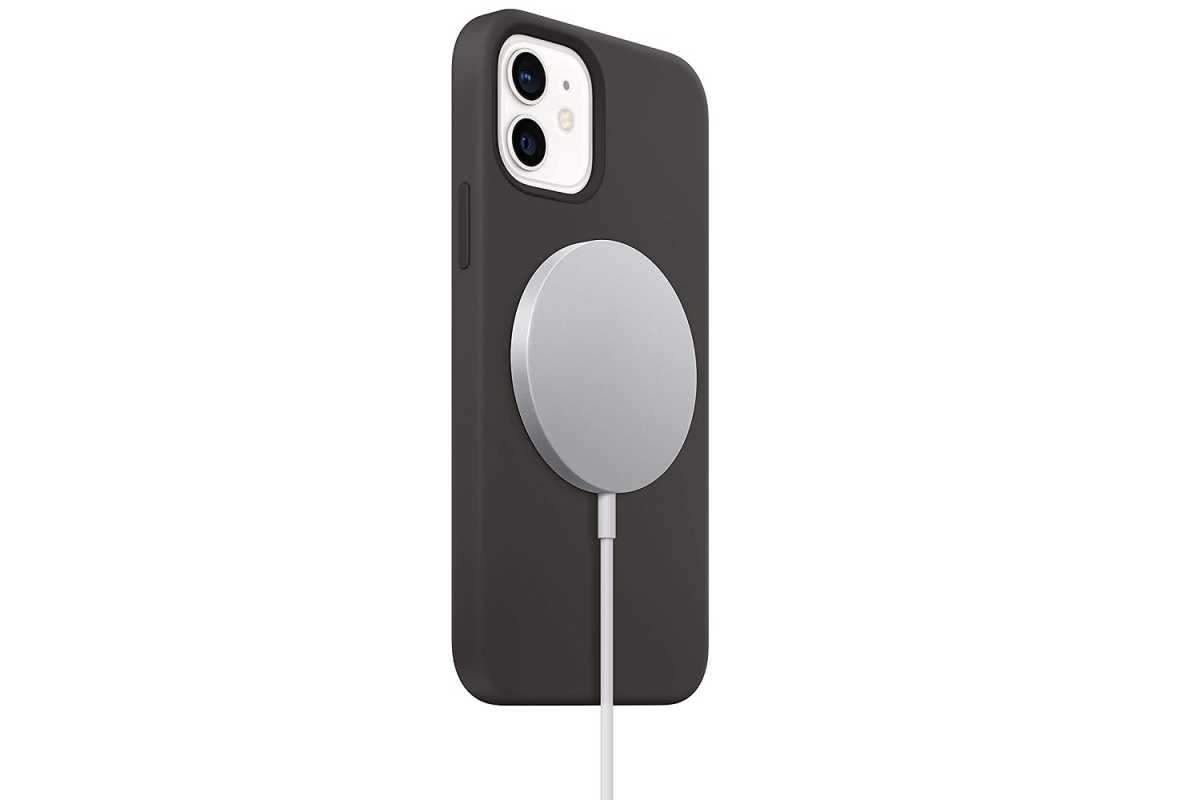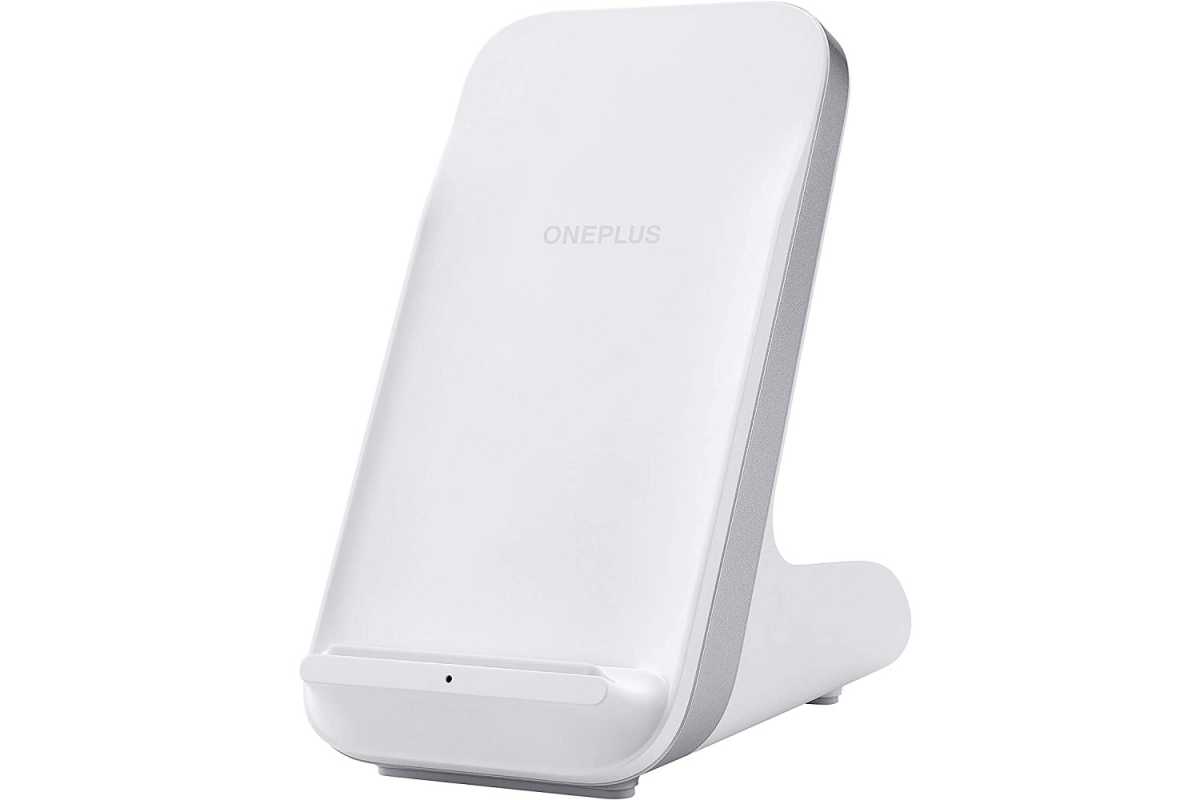In theory, charging your phone, tablet, or laptop should be pretty simple: Plug a cable into the device, plug the cable into a charger, wait for the device to charge, and be on your way.
But never underestimate the tech industry’s ability to complicate. What should be a mindless interaction instead involves a plethora of competing plugs, formats, and requirements, all in service of topping up your tech’s batteries faster than before.
Lately I’ve been getting a lot of emails about the best way to charge various gadgets on the go, which makes me suspect a lot of you are itching for a vacation. What better time, then, to demystify this topic in glossary form? With so much jargon to consider, breaking down each element is the best way to make sense of it all.
Further reading: The best power banks you can buy
Cable basics
With the exception of gaming laptops and super-cheap Windows laptops, most modern devices will use one of the following charging connectors:
USB-A: The large, rectangular connector that’s ubiquitous on older laptops (and, still, many new ones that aren’t made by Apple).
Micro-USB: Flat on one side and sloped on the other, found on older Android phones and a decent number of accessories. Cable typically has a large, rectangular USB-A connector on the other end.
USB-C: Reversible connector that’s flat on top and bottom with rounded sides, now the standard on Android phones, iPads, recent MacBooks, and many Windows laptops. Cables can either have USB-A on one end or USB-C on both.
Lightning: Apple’s proprietary connector for the iPhone, iPad, and AirPods. Can have USB-A or USB-C at the other end of the cable. The company seems to be gradually replacing Lightning with USB-C, for instance on the 10th-generation iPad and latest Apple TV remote.

Amazon
Fast charge jargon
While there’s no official industry definition for fast charging, Apple loosely defines it as as replenishing 50% of the battery in roughly 30 minutes. To get this level of charging speed, you’ll need a Lightning to USB-C cable (for Apple) and USB-C to USB-C cable (for Android).
Assuming you’ve got the requisite charging cables, you’ll also need a compatible charger or portable power bank to enable fast charging. That’s where things get tricky, as you’ll often be confronted with number and alphabet soup while shopping for either type of product. Here’s what to watch out for:
USB Power Delivery (USB-PD, or just PD): Industry standard for fast charging, supported by the iPhone and most notable Android phones. Requires a USB-C connection on the charger.
Quick Charge (or QC): Proprietary fast charging format from Qualcomm. Has some advantages over PD but is omitted by some phone makers (most notably Apple and Google) due to licensing costs.
Programmable Power Supply (PPS): Feature on some USB-PD chargers that can dynamically adjust current and voltage to make charging more efficient, leading to faster charge times. It’s meant to close the gap in charging efficiency between Qualcomm’s QC and the USB-PD standard.
PowerIQ: Proprietary Anker technology that combines PD and QC on a single charging port, allowing fast charging with either format. On multi-port chargers, it can also dynamically adjust charging speeds based on the demands of each port.
Wattage: A unit of power that describes how much energy a device consumes over time. In the context of chargers and power banks, it provides a rough gauge of how quickly they can charge a device.
20W: The safest bet for wattage when buying a phone charger. While the iPhone 8 through iPhone 11 offer fast charging with 18W chargers, the iPhone 12 and up require a 20W USB-PD charger. (That said, tests by PhoneArena and others have found 18W chargers to be nearly as fast, even with newer models.)
60W: The maximum charging wattage for many laptops with USB-C connectors, therefore a good minimum to target when buying a laptop charger. Note, however, that newer MacBooks can charge even faster, and we’re starting to see 240W for some gaming laptops. Check your laptop’s capabilities before buying a charger to match.
mAh: Stands for milliamp hour, generally used to convey the battery capacity of phones and portable power banks. The iPhone 13 has a 3,227 mAh battery, while the Samsung Galaxy S21 has a 4,000 mAh battery. Power banks often come in capacities of 5,000 mAh, 10,000 mAh, or 20,000 mAh.
GaN: Stands for gallium nitride, a semiconductor material that allows for smaller chargers. GaN adapters tend to cost a little more than their larger counterparts.
Wireless weirdness
Qi: Wireless charging standard that’s become table stakes on higher-end phones. Lets you charge by placing the phone on a compatible charging mat or stand, albeit at a slower rate than with a cable.
MagSafe: Refers to various proprietary Apple charging systems, including a magnetic charging puck for iPhones and a snap-in connector for pre-2016 and late 2021 MacBook Pros. The MagSafe charger on iPhones 12 and higher supports fast charging at 15W when paired with a 20W USB-PD 3.0 adapter.

Apple
“Made for MagSafe”: Refers to Apple-approved, third-party magnetic chargers that support 15W charging speeds on the iPhone 12 and higher. Other magnetic chargers have speeds of 7.5W instead, even if they advertise MagSafe compatibility.
7.5W: The maximum iPhone charging speed when using a Qi mat or stand without official MagSafe support.
Super Fast Wireless Charging: Proprietary format for wireless chargers from Samsung, capable of charging compatible Galaxy phones at up to 15W.

OnePlus’ Warp Charge stand is much faster than standard wireless charging—if you have a compatible OnePlus phone.
OnePlus
Warp Charge: Proprietary fast-charging format for OnePlus phones. The company’s latest 50W wireless charging stand can fully charge a drained OnePlus 10 Pro in 47 minutes.
Further reading: The best wireless chargers
Putting it all together
Now that you’re a master of fast charging jargon, you can more easily buy a charger or portable power bank that meets your needs. You’ll know, for instance, that a 20W charger with USB PD 3.0 and PPS support will let you want to charge an iPhone as fast as possible, and that only Apple’s own MagSafe Battery Pack can recharge an iPhone at speeds close to those of fast-charging cables. And if you spot a charger or power bank that’s a lot cheaper than the rest, you’ll hopefully have an eye for what features it might be missing.
Sign up for Jared’s Advisorator newsletter to get practical tech advice like this every Tuesday.




